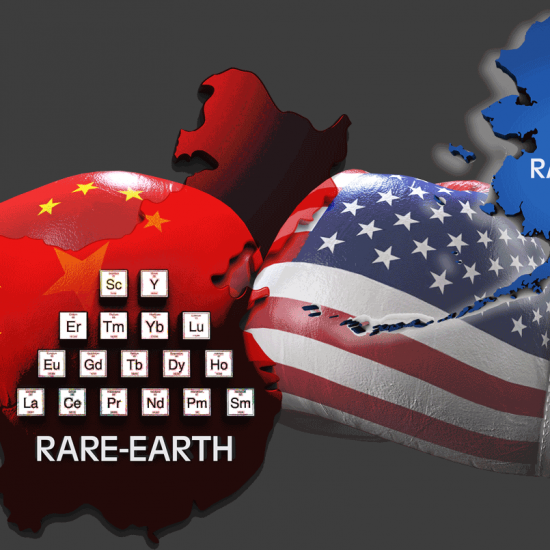While most of the lower 48 states are shivering their way into 2015, in much of Alaska the concern is persistent warmth.
Fourth graders at the Kuinerrarmiut Elitnaurviat school in Quinhagak recently caught the attention of some news outlets and climate scientists with a clever video bemoaning a warm and snowless December. The town of about 660 residents, mostly Yup’ik Eskimos, is a mile from the Bering Sea coast.
The video was shot by James Barthelman, a teacher who had a YouTube hit with his class four years ago — Handel’s ‘Hallelujah’ chorus featuring students flipping cards with the lyrics.
Mike MacCracken, chief scientist for the Climate Institute, described the student video as a “powerful way of communicating how the climate is changing.” MacCracken stressed the value of the video in conveying how long-term trends will play out in Alaska:
While winter (or other seasonal) conditions typically vary from year to year, the first effect of climate change is to raise the baseline around which the variations occur. For regions that have winter conditions below normal, the increase in the baseline will more and more often lead to variations taking the temperature to above freezing. This is happening along the coast of Alaska, especially as the sea ice forms later and later each year, creating a situation where the waves from winter storms are no longer being held down by the sea ice, but not actively eroding the shoreline.
The second aspect of climate change that is likely affecting Alaska more and more is the apparent tendency of warming in the Arctic and warmer sea surface temperatures in the Pacific to contribute to larger waves in the jet stream. The resulting larger waves, which also seem to persist for longer because they move more slowly west to east, tend to push warm air into the Arctic (e.g., over Alaska) later and later into the year, leading to very warm conditions and the later and later freezing of the land surface and later accumulation of snow. While this may initially seem beneficial, transportation and movement of wildlife across the tundra is made much easier when the land surface (and rivers) are frozen over.
Such large variations of the climate likely won’t occur every year over the next few decades given the limited global warming to date, but it would seem likely such conditions will occur more and more frequently as global warming continues, disrupting both social systems and ecosystems.











